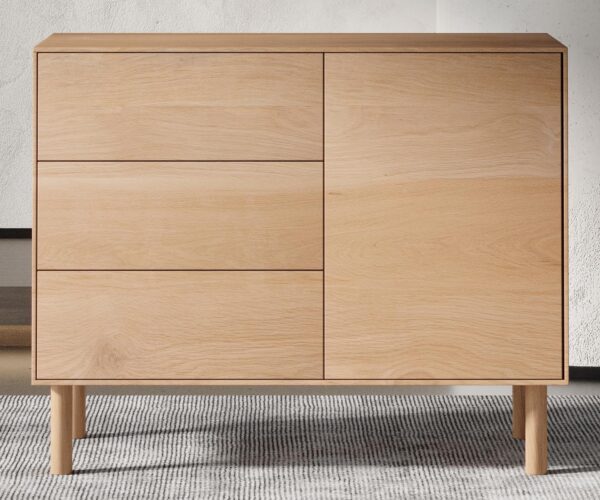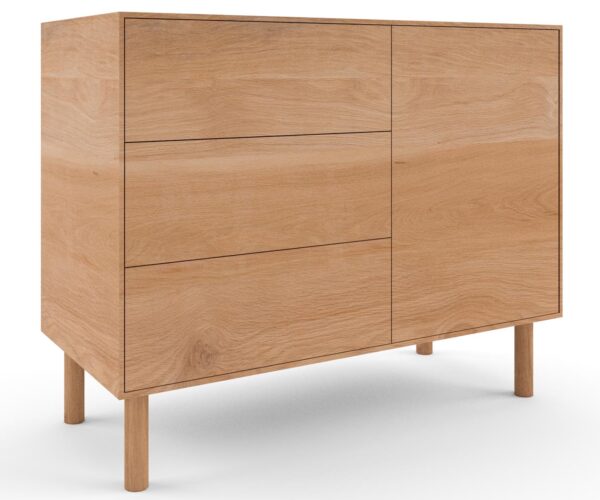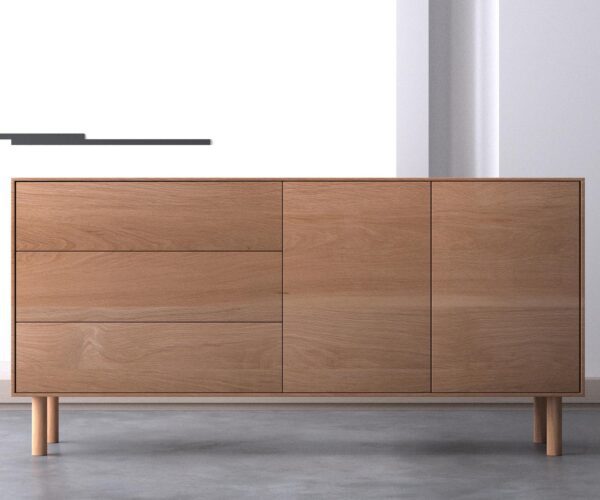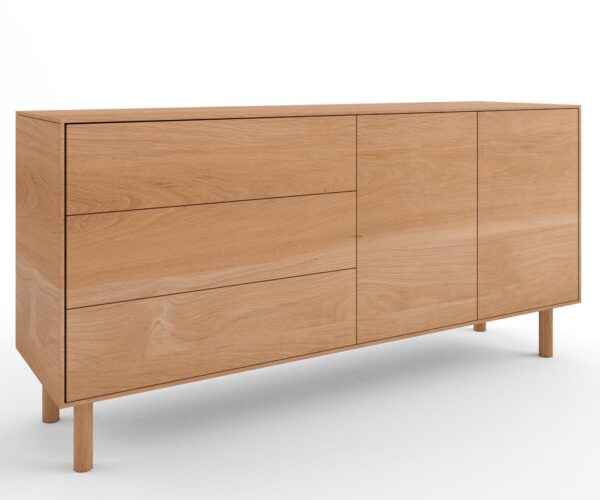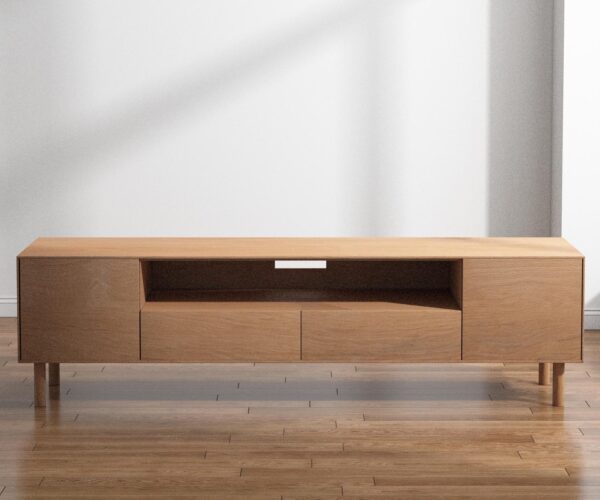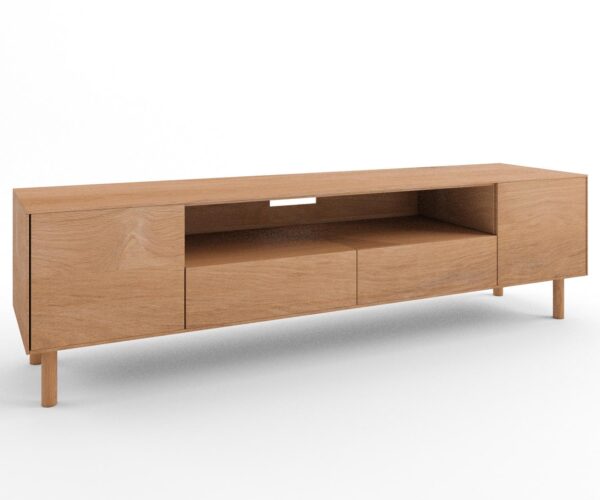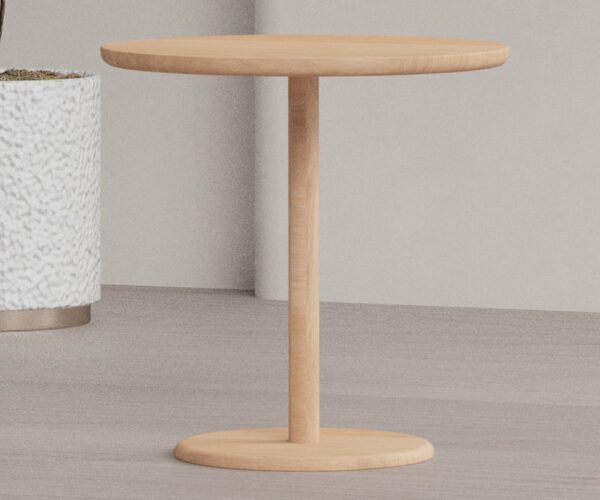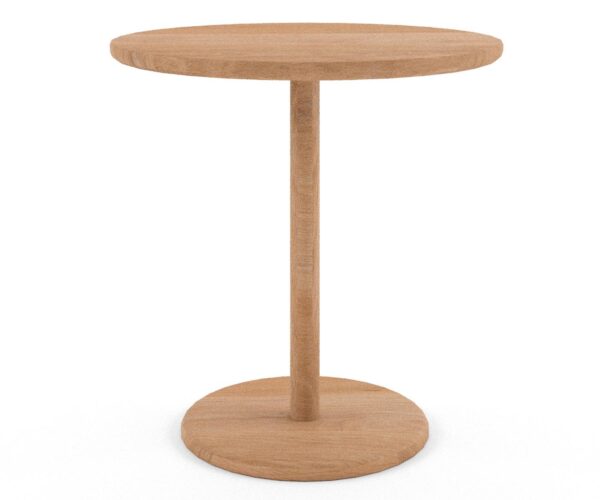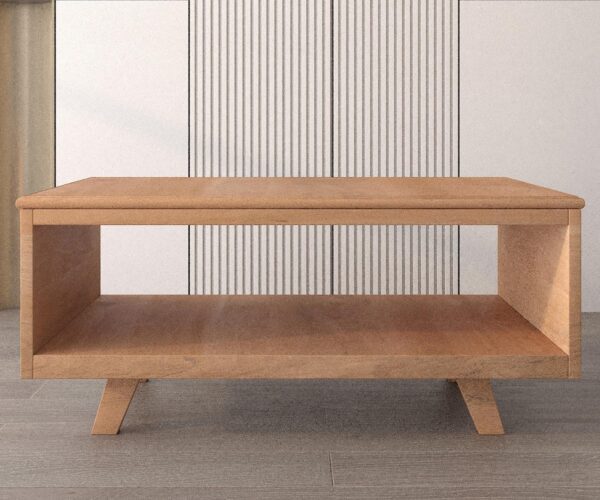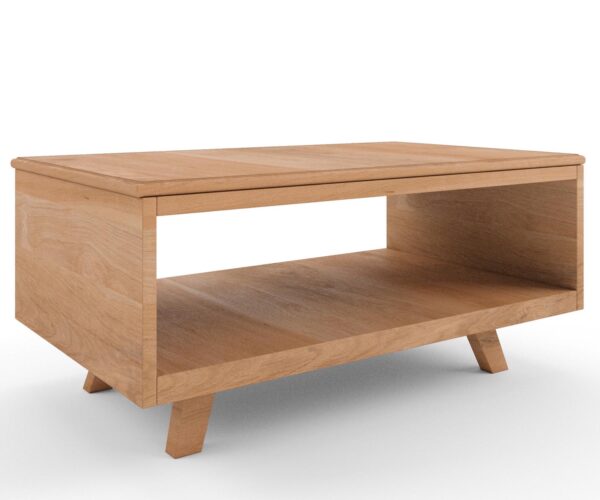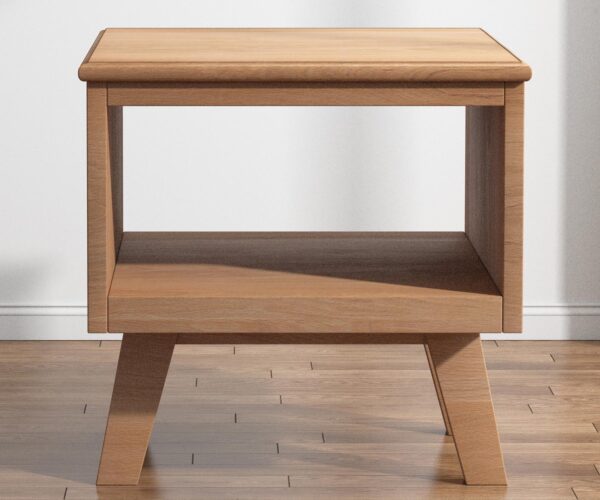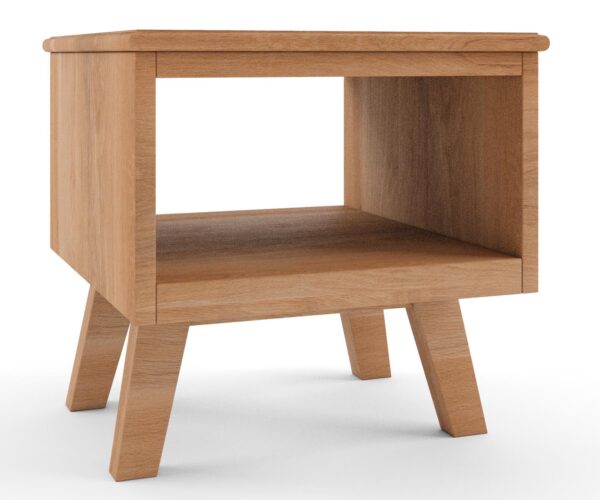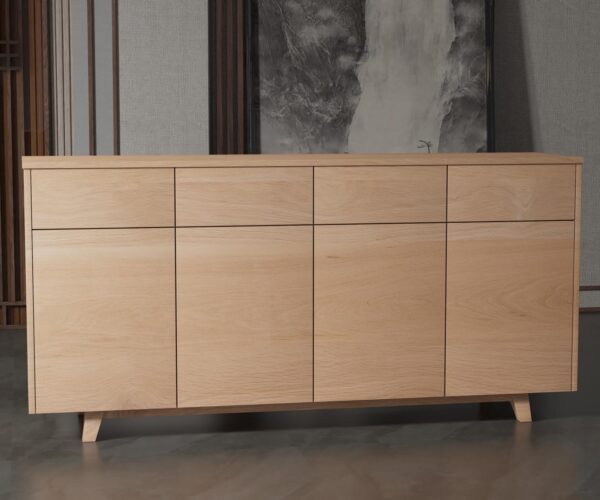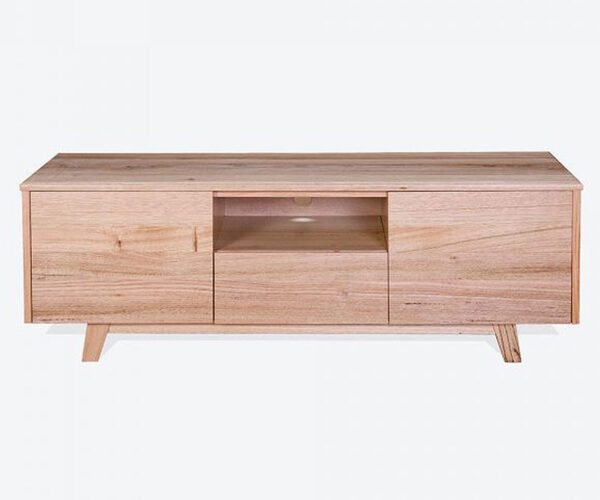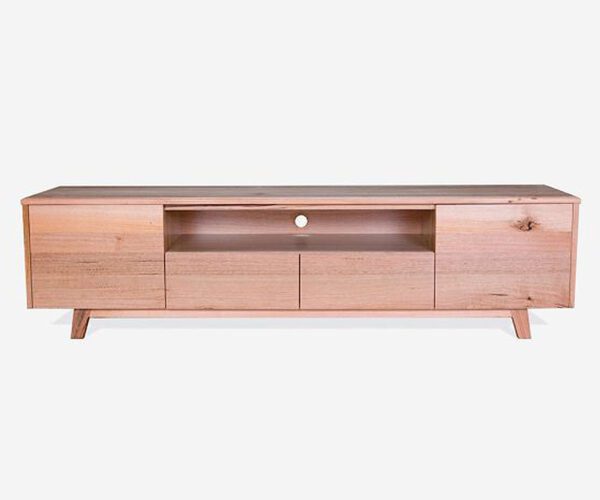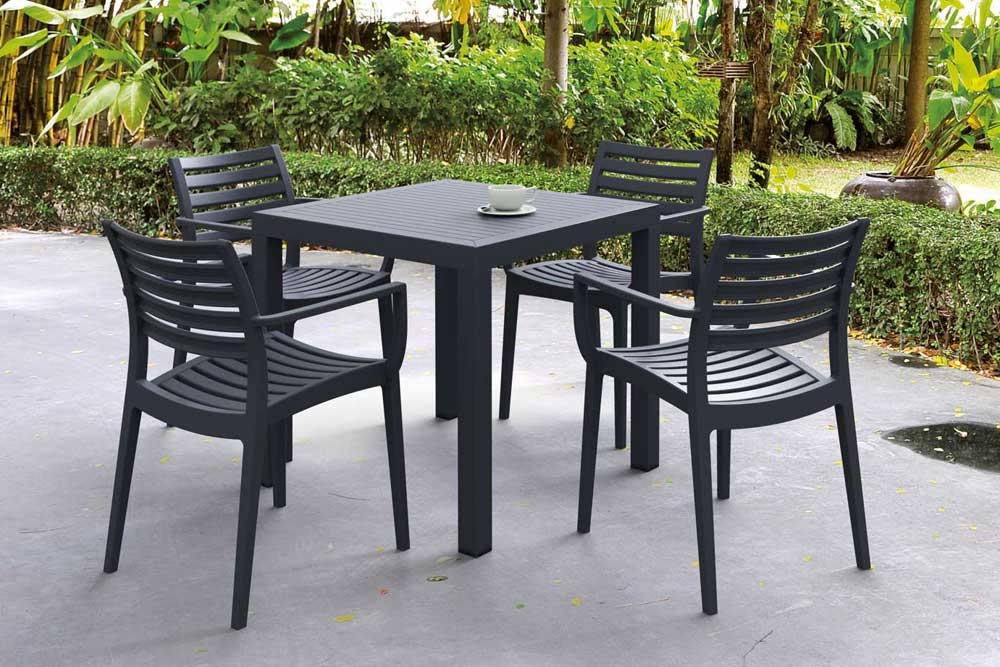Boost CALD Resident Satisfaction: 7 Practical Ways to Enhance Diversity in Aged Care Environments

The recently published results of the Australian Government’s Residents’ Experience Survey (RES) has shed light on an important issue within aged care facilities: Culturally and Linguistically Diverse (CALD) residents, including First Nations Australians, report lower satisfaction with their care environment compared to non-CALD residents. While improvements have been made, these findings reveal opportunities to better meet the unique needs of these groups by creating more inclusive, culturally respectful spaces that enhance comfort, safety, and well-being.
But first, what is the Residents’ Experience Survey (RES) and why is it important?
The Residents’ Experience Survey (RES) is an annual initiative conducted by the Australian Department of Health and Aged Care aimed at gathering feedback from older individuals living in government-funded residential aged care homes. Launched in response to findings from the Royal Commission into Aged Care Quality and Safety, the survey seeks to capture residents’ experiences regarding the quality of care they receive, their satisfaction levels, and their overall well-being. By surveying approximately 20% of residents each year, the RES provides invaluable insights that help identify strengths and areas for improvement in aged care services. The data collected not only informs each home’s Star Rating – a crucial tool for families and carers to compare aged care options – but also guides policy decisions and encourages continuous enhancement of care environments, ultimately fostering a higher quality of life for residents.
This article explores 7 practical ways to improve the care environment for CALD residents, focusing on actionable tips that aged care providers can implement to boost satisfaction and quality of life.
1. Personalise Spaces with Culturally-Inspired Furnishings
Culturally relevant design can make a significant difference in how CALD residents feel about their environment. Simple updates to the aged care furniture and décor can help create a more familiar and welcoming atmosphere.
Actionable tips for personalising spaces with culturally-inspired furnishings in aged care environments:
- Incorporate Cultural Artwork and Decor: Feature artwork, textiles, upholstery fabric designs or crafts that reflect the diverse cultures of CALD residents. Collaborate with residents and their families to select pieces that hold personal significance, such as traditional patterns or local artists, creating a gallery-like space that celebrates their heritage.
- Use Culturally Relevant Colour Palettes: Choose colours that resonate with the cultural backgrounds of residents. For example, incorporate warm earthy tones for Indigenous Australian influences or vibrant hues that reflect the cultural heritage of other CALD groups. This can create a visually comforting atmosphere that feels familiar and welcoming.
- Create Dedicated Cultural Spaces: Designate specific areas within the aged care home for cultural gatherings and activities. Furnish these spaces with culturally inspired furniture, such as seating arrangements that encourage socialisation and community, along with items like tea sets or traditional games, to facilitate engagement and connection among residents.
2. Prioritise Comfort with Ergonomic and Supportive Furniture
The comfort of residents is essential for their overall well-being, especially for older people who may have mobility issues or physical discomfort. Investing in comfortable, supportive furniture is a simple yet effective way to boost resident satisfaction.
3. Enhance Safety with Thoughtful Furniture Design
Safety is a key concern in aged care, especially for residents with mobility challenges. For CALD residents, who may also face language barriers, having a care environment that feels safe and secure is crucial for their comfort and trust.
Actionable tips to enhance safety through thoughtful furniture design in aged care environments:
- Select Furniture with Non-Slip Features: Choose furniture with non-slip surfaces to reduce the risk of falls, especially in communal areas and bedrooms. For example, sofas and chairs should have non-slip feet or bases that keep them stable on various floor types. Additionally, rugs should be secured with non-slip backing or placed with rug pads to prevent sliding.
- Incorporate Adjustable Furniture: Use adjustable furniture, such as height-adjustable tables and chairs, to accommodate residents with varying mobility levels and physical needs. This allows residents to comfortably transition from sitting to standing without straining themselves, promoting safety and independence.
- Design Open and Clear Pathways: Ensure that furniture layout creates open pathways that are easy to navigate, especially for residents using walkers or wheelchairs. Arrange seating and tables to allow at least 1 meter of clearance between furniture pieces, reducing clutter and making it easier for residents to move around safely. Avoid sharp corners or obstacles in walkways, and use colour contrasts to highlight edges and pathways.
4. Design Communal Spaces for Social Connection
Communal areas are essential in aged care homes as they provide opportunities for social interaction and activities. For CALD residents, these spaces can reduce isolation, foster a sense of community, and improve emotional well-being.
Actionable tips for designing communal spaces in aged care homes to enhance social connection among residents:
- Create Flexible Seating Arrangements: Design communal areas with adaptable seating options that can be easily rearranged to accommodate different group sizes and activities. Use lightweight, movable furniture such as modular sofas, lounge chairs, and tables that can be grouped together for social gatherings, activities, or smaller conversations.
- Incorporate Activity Zones: Incorporate designated activity zones within communal spaces that cater to various interests and activities. For example, set up a reading nook with comfortable seating and bookshelves, a games corner with tables for board games or cards, and an arts and crafts area with supplies readily available. This encourages residents to engage with each other based on shared interests.
- Use Inviting Decor and Signage: Enhance communal areas with warm, inviting decor that reflects the cultural diversity of residents. Use colour schemes, artwork, and signage that resonate with different cultural backgrounds and create a sense of belonging. Additionally, provide clear signage in multiple languages to help residents navigate and feel comfortable in the shared spaces, fostering connections through inclusivity.
5. Incorporate Biophilic Design to Promote Well-being
Biophilic design – the concept of incorporating nature into indoor spaces – can significantly improve the mental health and well-being of aged care residents. CALD residents, in particular, may benefit from these calming and grounding effects, especially when transitioning to a new, unfamiliar environment.
Actionable tips for incorporating biophilic design to promote well-being in aged care environments:
- Use Natural Materials: Incorporate materials such as wood, stone, and natural fibres in furniture and décor. For instance, choose wooden furniture pieces and woven textiles that evoke a sense of nature, creating a warm and inviting atmosphere.
- Maximise Natural Light: Design spaces to take advantage of natural light by using large windows, skylights, or glass doors. This not only brightens the environment but also helps regulate residents’ circadian rhythms, improving mood and sleep quality. Ensure that window views are unobstructed and showcase greenery or outdoor spaces.
- Create Indoor Gardens or Green Spaces: Integrate indoor plants and green walls throughout the facility. Create designated areas for small indoor gardens where residents can engage in gardening activities or simply enjoy the presence of plants. Consider incorporating sensory gardens with diverse textures, colours, and scents to stimulate the senses and promote relaxation.
6. Offer Opportunities for Personalisation
Moving into an aged care home can be emotionally challenging, especially for CALD residents who may feel disconnected from their culture or home. Giving residents the chance to personalise their space can help them feel more in control of their environment.
Actionable tips for creating opportunities for personalisation within care environments:
- Create Personalised Memory Boxes: Encourage residents to assemble memory boxes filled with personal items, photographs, and mementoes that reflect their cultural heritage and life experiences. Provide a designated space in their room to display these boxes, allowing residents to share their stories with staff and fellow residents.
- Allow Customisation of Living Spaces: Provide residents with options to customise their rooms by selecting from a range of bedding, curtains, and decorative items that align with their cultural backgrounds and personal preferences. This could include offering choices in colour schemes, patterns, and culturally significant decorations that make the space feel more like home.
- Encourage Participation in Design Choices: Involve residents in decisions about communal areas by seeking their input on furniture arrangement, artwork selection, and overall design. Organise focus groups or workshops where residents can express their ideas and preferences, fostering a sense of ownership and pride in their living environment.
7. Improve Staff Training for Culturally Competent Design Choices
While it’s important to design the care environment with cultural considerations, it’s equally crucial that staff understand how these elements impact residents’ experiences. Cultural competence should extend to design decisions, ensuring that every aspect of the environment respects the cultural needs of CALD residents.
Actionable tips for improving staff training in culturally competent design choices:
- Implement Cultural Awareness Workshops: Organise regular training sessions focused on cultural competence that educate staff about the diverse backgrounds of CALD residents, including their customs, traditions, and values. This can help staff understand how these cultural factors influence residents’ preferences in their living spaces.
- Involve Residents in Design Decisions: Encourage staff to engage residents and their families in discussions about their cultural needs and preferences regarding the care environment. This can include surveys or focus groups where residents share their ideas on furniture arrangements, decoration, and communal spaces, fostering a sense of ownership and inclusion.
- Develop Guidelines for Culturally Inclusive Design: Create a comprehensive guide or toolkit for staff that outlines best practices for designing culturally sensitive spaces. This should include tips on selecting culturally relevant furnishings, arranging communal areas to promote inclusivity, and recognising the significance of personal items in residents’ rooms to help them feel at home.
A Focus on Cultural Sensitivity and Comfort
Boosting satisfaction among CALD residents and First Nations Australians begins with rethinking how aged care homes design and furnish their spaces. By prioritising cultural sensitivity, comfort, safety, and personalisation, aged care providers can create environments that feel inclusive and welcoming for all residents.
As the RES findings highlight, there’s an opportunity to make aged care homes more culturally competent and resident-centred, improving quality of life for CALD residents. Start with these 7 practical tips to create a care environment where every resident feels safe, respected, and at home.
By making these simple but meaningful changes, aged care homes can help bridge the gap in satisfaction levels, ensuring that CALD residents feel supported and valued.
Custom Aged Care Furniture: Enhancing Comfort and Inclusivity for Diverse Residents
Custom made with your choice of upholstery and timber polish, ensuring that each piece meets the unique aesthetic preferences of your facility while also enhancing the comfort and well-being of residents from diverse backgrounds.
More News
Boost CALD Resident Satisfaction: 7 Practical Ways to Enhance Diversity in Aged Care Environments

The recently published results of the Australian Government’s Residents’ Experience Survey (RES) has shed light on an important issue within aged care facilities: Culturally and Linguistically Diverse (CALD) residents, including First Nations Australians, report lower satisfaction with their care environment compared to non-CALD residents. While improvements have been made, these findings reveal opportunities to better meet the unique needs of these groups by creating more inclusive, culturally respectful spaces that enhance comfort, safety, and well-being.
But first, what is the Residents’ Experience Survey (RES) and why is it important?
The Residents’ Experience Survey (RES) is an annual initiative conducted by the Australian Department of Health and Aged Care aimed at gathering feedback from older individuals living in government-funded residential aged care homes. Launched in response to findings from the Royal Commission into Aged Care Quality and Safety, the survey seeks to capture residents’ experiences regarding the quality of care they receive, their satisfaction levels, and their overall well-being. By surveying approximately 20% of residents each year, the RES provides invaluable insights that help identify strengths and areas for improvement in aged care services. The data collected not only informs each home’s Star Rating – a crucial tool for families and carers to compare aged care options – but also guides policy decisions and encourages continuous enhancement of care environments, ultimately fostering a higher quality of life for residents.
This article explores 7 practical ways to improve the care environment for CALD residents, focusing on actionable tips that aged care providers can implement to boost satisfaction and quality of life.
1. Personalise Spaces with Culturally-Inspired Furnishings
Culturally relevant design can make a significant difference in how CALD residents feel about their environment. Simple updates to the aged care furniture and décor can help create a more familiar and welcoming atmosphere.
Actionable tips for personalising spaces with culturally-inspired furnishings in aged care environments:
- Incorporate Cultural Artwork and Decor: Feature artwork, textiles, upholstery fabric designs or crafts that reflect the diverse cultures of CALD residents. Collaborate with residents and their families to select pieces that hold personal significance, such as traditional patterns or local artists, creating a gallery-like space that celebrates their heritage.
- Use Culturally Relevant Colour Palettes: Choose colours that resonate with the cultural backgrounds of residents. For example, incorporate warm earthy tones for Indigenous Australian influences or vibrant hues that reflect the cultural heritage of other CALD groups. This can create a visually comforting atmosphere that feels familiar and welcoming.
- Create Dedicated Cultural Spaces: Designate specific areas within the aged care home for cultural gatherings and activities. Furnish these spaces with culturally inspired furniture, such as seating arrangements that encourage socialisation and community, along with items like tea sets or traditional games, to facilitate engagement and connection among residents.
2. Prioritise Comfort with Ergonomic and Supportive Furniture
The comfort of residents is essential for their overall well-being, especially for older people who may have mobility issues or physical discomfort. Investing in comfortable, supportive furniture is a simple yet effective way to boost resident satisfaction.
3. Enhance Safety with Thoughtful Furniture Design
Safety is a key concern in aged care, especially for residents with mobility challenges. For CALD residents, who may also face language barriers, having a care environment that feels safe and secure is crucial for their comfort and trust.
Actionable tips to enhance safety through thoughtful furniture design in aged care environments:
- Select Furniture with Non-Slip Features: Choose furniture with non-slip surfaces to reduce the risk of falls, especially in communal areas and bedrooms. For example, sofas and chairs should have non-slip feet or bases that keep them stable on various floor types. Additionally, rugs should be secured with non-slip backing or placed with rug pads to prevent sliding.
- Incorporate Adjustable Furniture: Use adjustable furniture, such as height-adjustable tables and chairs, to accommodate residents with varying mobility levels and physical needs. This allows residents to comfortably transition from sitting to standing without straining themselves, promoting safety and independence.
- Design Open and Clear Pathways: Ensure that furniture layout creates open pathways that are easy to navigate, especially for residents using walkers or wheelchairs. Arrange seating and tables to allow at least 1 meter of clearance between furniture pieces, reducing clutter and making it easier for residents to move around safely. Avoid sharp corners or obstacles in walkways, and use colour contrasts to highlight edges and pathways.
4. Design Communal Spaces for Social Connection
Communal areas are essential in aged care homes as they provide opportunities for social interaction and activities. For CALD residents, these spaces can reduce isolation, foster a sense of community, and improve emotional well-being.
Actionable tips for designing communal spaces in aged care homes to enhance social connection among residents:
- Create Flexible Seating Arrangements: Design communal areas with adaptable seating options that can be easily rearranged to accommodate different group sizes and activities. Use lightweight, movable furniture such as modular sofas, lounge chairs, and tables that can be grouped together for social gatherings, activities, or smaller conversations.
- Incorporate Activity Zones: Incorporate designated activity zones within communal spaces that cater to various interests and activities. For example, set up a reading nook with comfortable seating and bookshelves, a games corner with tables for board games or cards, and an arts and crafts area with supplies readily available. This encourages residents to engage with each other based on shared interests.
- Use Inviting Decor and Signage: Enhance communal areas with warm, inviting decor that reflects the cultural diversity of residents. Use colour schemes, artwork, and signage that resonate with different cultural backgrounds and create a sense of belonging. Additionally, provide clear signage in multiple languages to help residents navigate and feel comfortable in the shared spaces, fostering connections through inclusivity.
5. Incorporate Biophilic Design to Promote Well-being
Biophilic design – the concept of incorporating nature into indoor spaces – can significantly improve the mental health and well-being of aged care residents. CALD residents, in particular, may benefit from these calming and grounding effects, especially when transitioning to a new, unfamiliar environment.
Actionable tips for incorporating biophilic design to promote well-being in aged care environments:
- Use Natural Materials: Incorporate materials such as wood, stone, and natural fibres in furniture and décor. For instance, choose wooden furniture pieces and woven textiles that evoke a sense of nature, creating a warm and inviting atmosphere.
- Maximise Natural Light: Design spaces to take advantage of natural light by using large windows, skylights, or glass doors. This not only brightens the environment but also helps regulate residents’ circadian rhythms, improving mood and sleep quality. Ensure that window views are unobstructed and showcase greenery or outdoor spaces.
- Create Indoor Gardens or Green Spaces: Integrate indoor plants and green walls throughout the facility. Create designated areas for small indoor gardens where residents can engage in gardening activities or simply enjoy the presence of plants. Consider incorporating sensory gardens with diverse textures, colours, and scents to stimulate the senses and promote relaxation.
6. Offer Opportunities for Personalisation
Moving into an aged care home can be emotionally challenging, especially for CALD residents who may feel disconnected from their culture or home. Giving residents the chance to personalise their space can help them feel more in control of their environment.
Actionable tips for creating opportunities for personalisation within care environments:
- Create Personalised Memory Boxes: Encourage residents to assemble memory boxes filled with personal items, photographs, and mementoes that reflect their cultural heritage and life experiences. Provide a designated space in their room to display these boxes, allowing residents to share their stories with staff and fellow residents.
- Allow Customisation of Living Spaces: Provide residents with options to customise their rooms by selecting from a range of bedding, curtains, and decorative items that align with their cultural backgrounds and personal preferences. This could include offering choices in colour schemes, patterns, and culturally significant decorations that make the space feel more like home.
- Encourage Participation in Design Choices: Involve residents in decisions about communal areas by seeking their input on furniture arrangement, artwork selection, and overall design. Organise focus groups or workshops where residents can express their ideas and preferences, fostering a sense of ownership and pride in their living environment.
7. Improve Staff Training for Culturally Competent Design Choices
While it’s important to design the care environment with cultural considerations, it’s equally crucial that staff understand how these elements impact residents’ experiences. Cultural competence should extend to design decisions, ensuring that every aspect of the environment respects the cultural needs of CALD residents.
Actionable tips for improving staff training in culturally competent design choices:
- Implement Cultural Awareness Workshops: Organise regular training sessions focused on cultural competence that educate staff about the diverse backgrounds of CALD residents, including their customs, traditions, and values. This can help staff understand how these cultural factors influence residents’ preferences in their living spaces.
- Involve Residents in Design Decisions: Encourage staff to engage residents and their families in discussions about their cultural needs and preferences regarding the care environment. This can include surveys or focus groups where residents share their ideas on furniture arrangements, decoration, and communal spaces, fostering a sense of ownership and inclusion.
- Develop Guidelines for Culturally Inclusive Design: Create a comprehensive guide or toolkit for staff that outlines best practices for designing culturally sensitive spaces. This should include tips on selecting culturally relevant furnishings, arranging communal areas to promote inclusivity, and recognising the significance of personal items in residents’ rooms to help them feel at home.
A Focus on Cultural Sensitivity and Comfort
Boosting satisfaction among CALD residents and First Nations Australians begins with rethinking how aged care homes design and furnish their spaces. By prioritising cultural sensitivity, comfort, safety, and personalisation, aged care providers can create environments that feel inclusive and welcoming for all residents.
As the RES findings highlight, there’s an opportunity to make aged care homes more culturally competent and resident-centred, improving quality of life for CALD residents. Start with these 7 practical tips to create a care environment where every resident feels safe, respected, and at home.
By making these simple but meaningful changes, aged care homes can help bridge the gap in satisfaction levels, ensuring that CALD residents feel supported and valued.
Custom Aged Care Furniture: Enhancing Comfort and Inclusivity for Diverse Residents
Custom made with your choice of upholstery and timber polish, ensuring that each piece meets the unique aesthetic preferences of your facility while also enhancing the comfort and well-being of residents from diverse backgrounds.
Commercial furniture by room
Based in Brisbane, we’re an Australian manufacturer of aged care furniture, retirement living furniture, hospital & healthcare furniture, hotel & accommodation furniture and student accommodation furniture. We also supply a range of commercial office furniture.
Discover the FHG Look Book: Your Source of Inspiration for Quality Australian-Made Commercial Furniture
- Quality Craftsmanship: See why we’ve been a trusted partner for over 25 years.
- Local Excellence: Learn how our Brisbane team ensures the highest standards.
- Inspiration and Ideas: Find innovative furniture solutions for any environment.
Don’t miss the opportunity to transform your commercial space with FHG’s expertly crafted furniture. Download the FHG Look Book today and start your journey towards exceptional design and quality.

